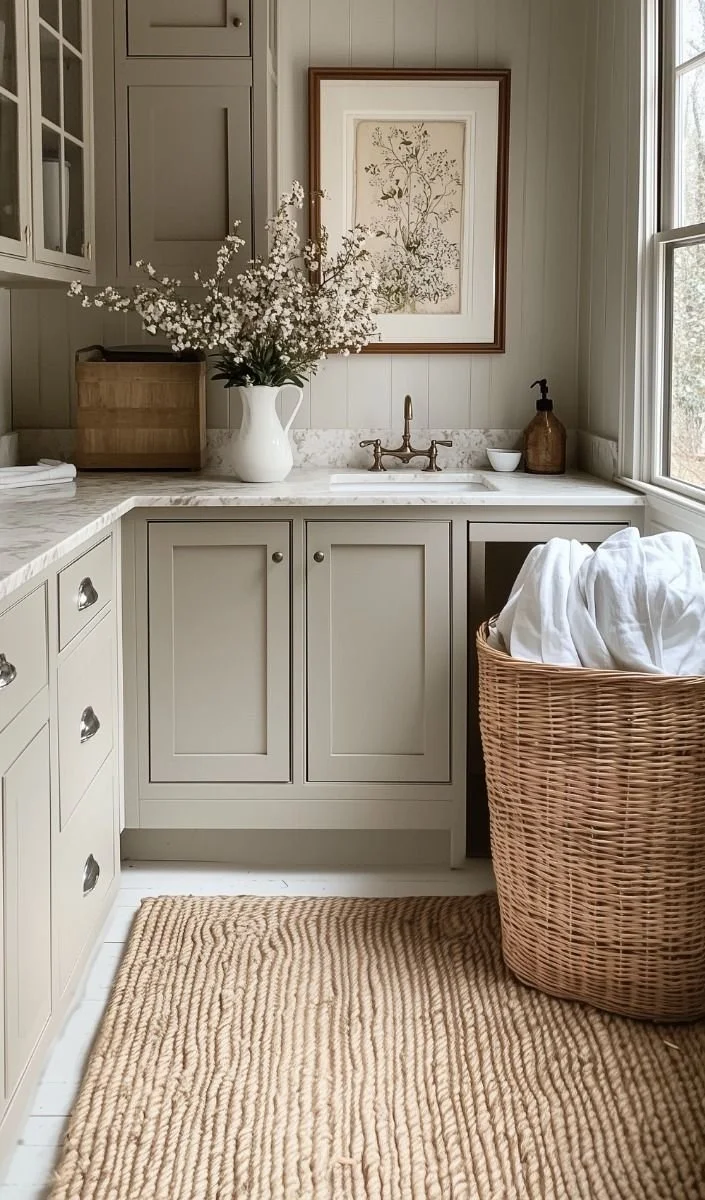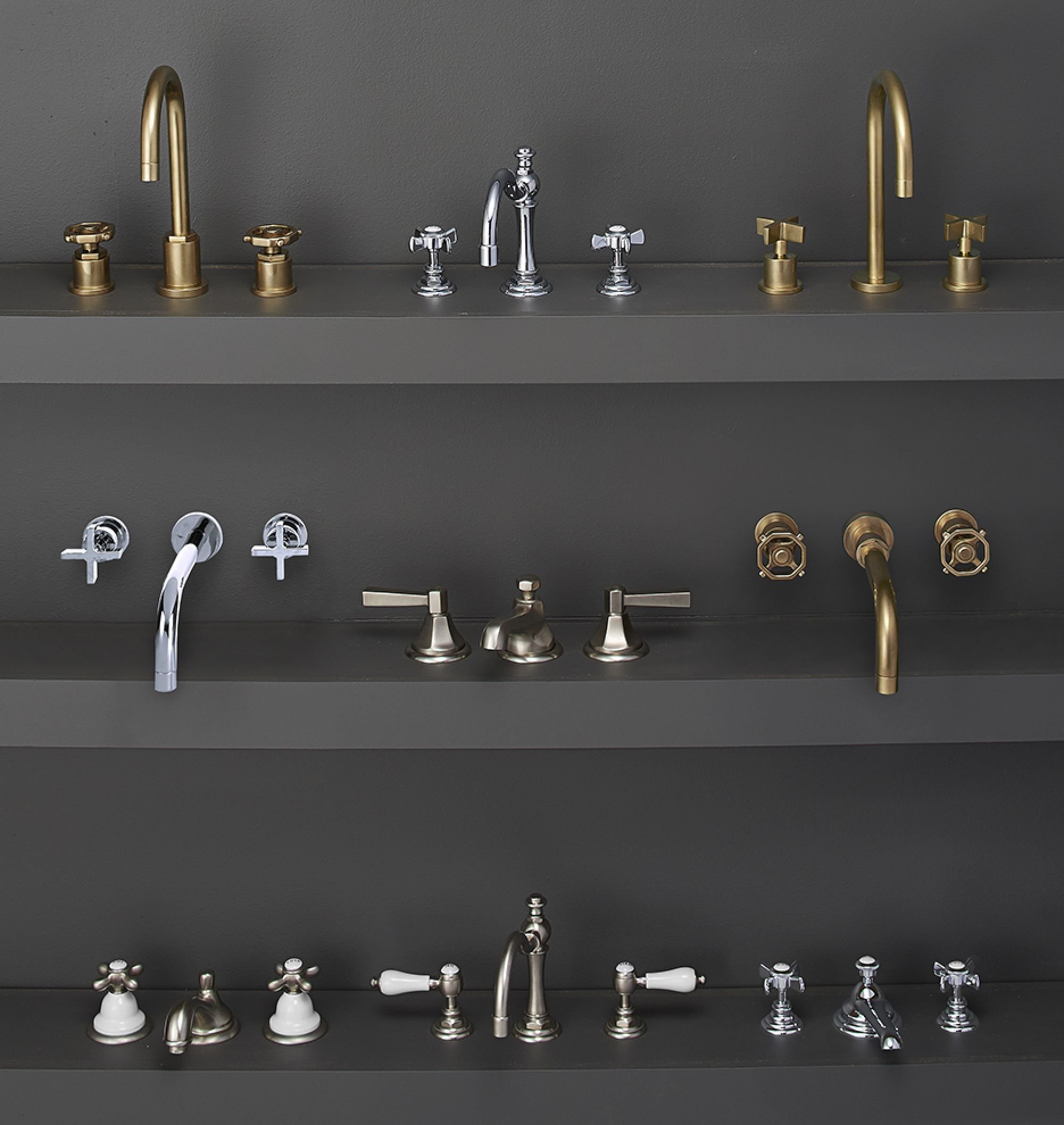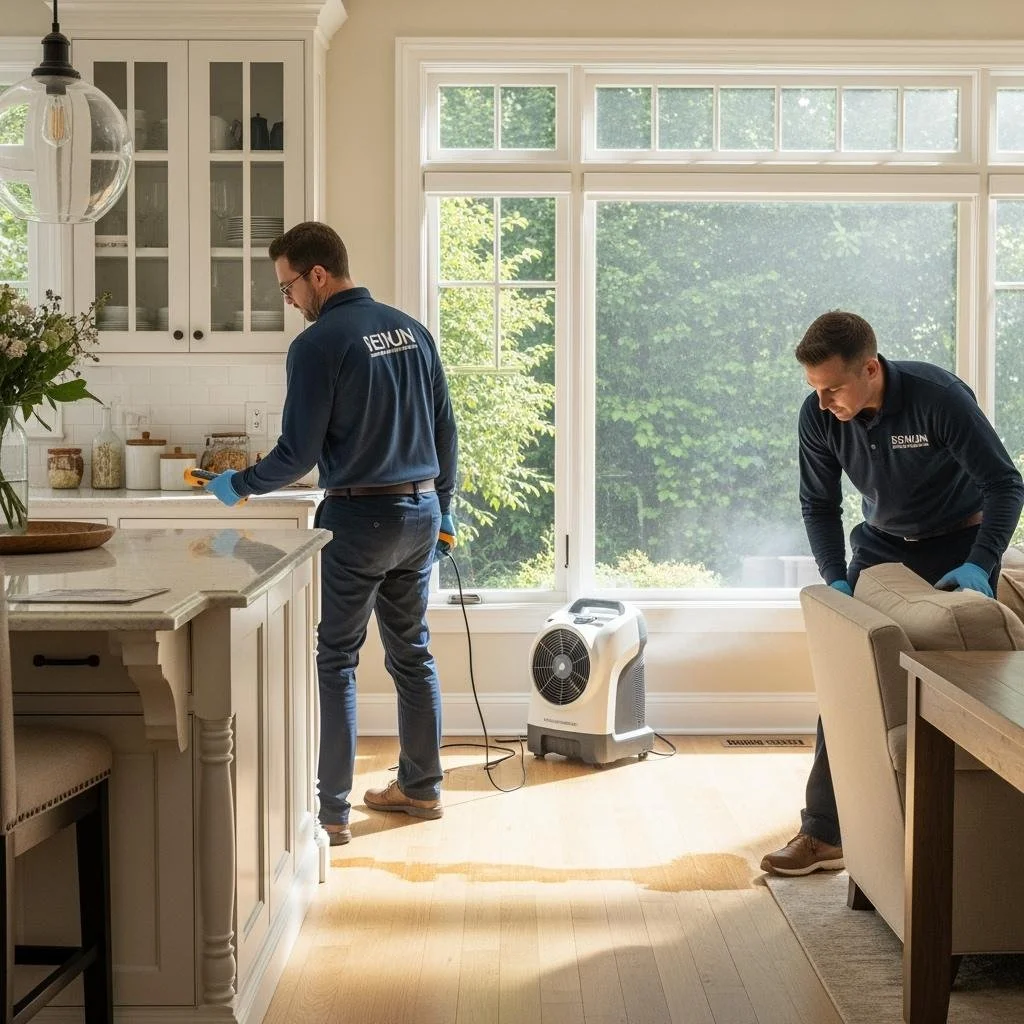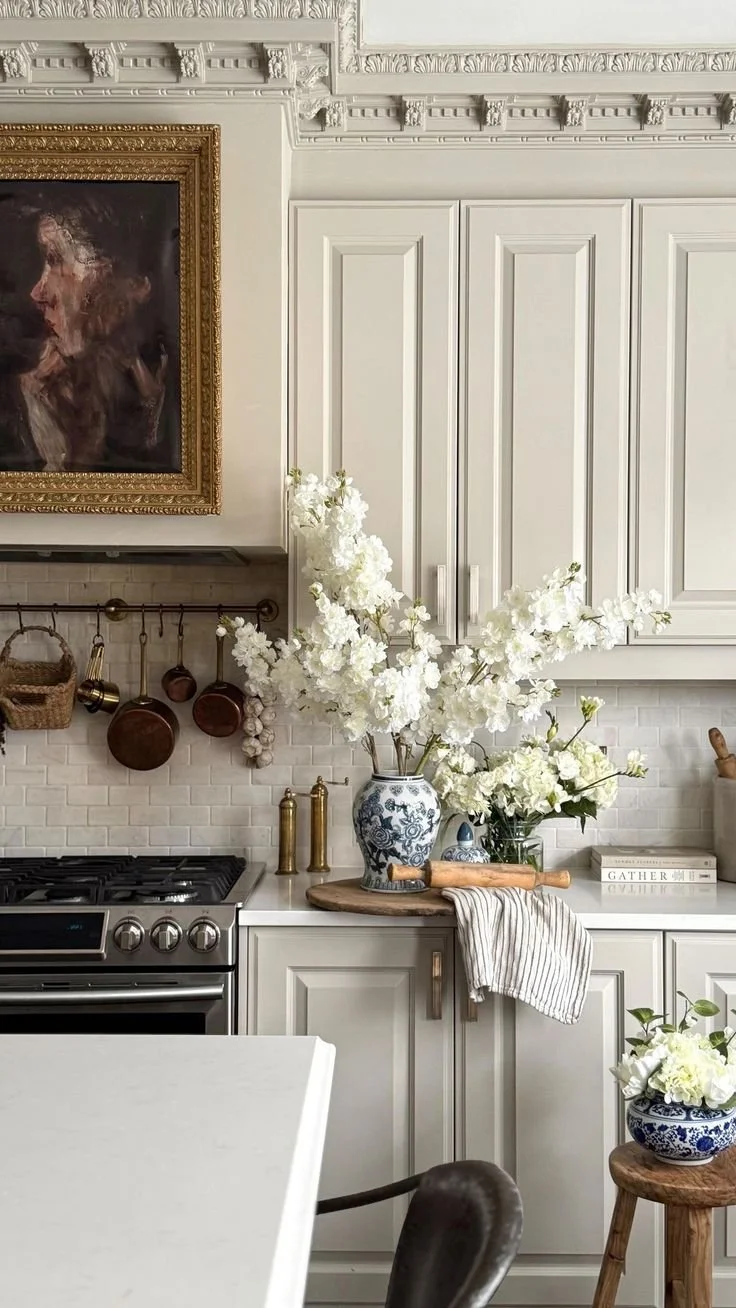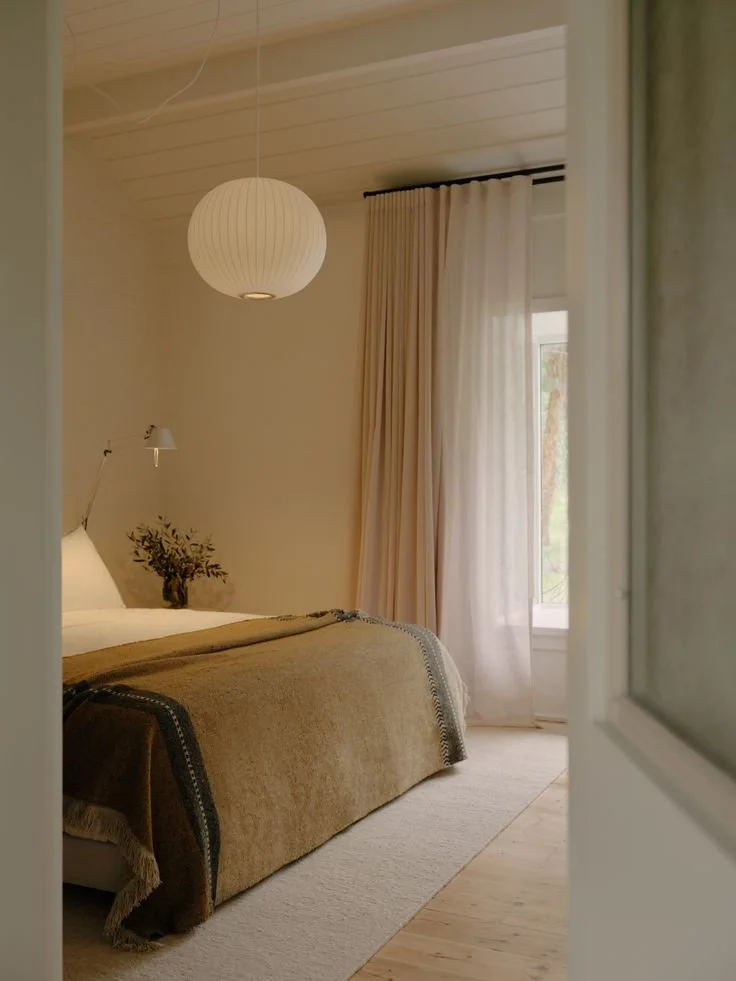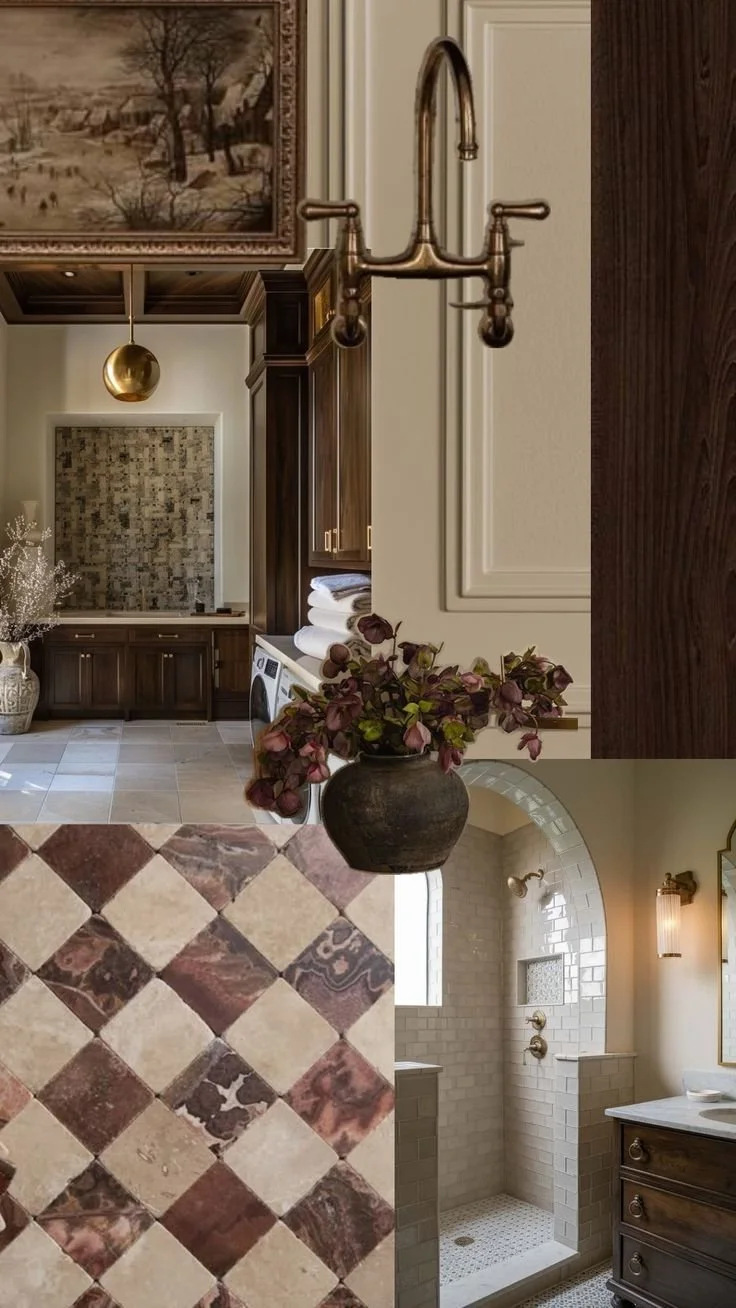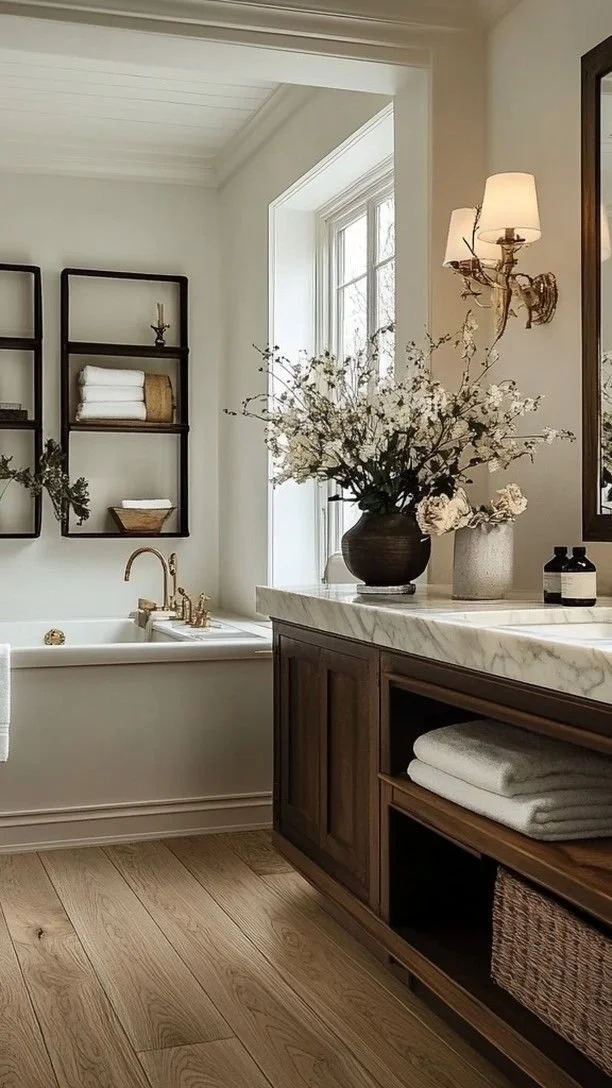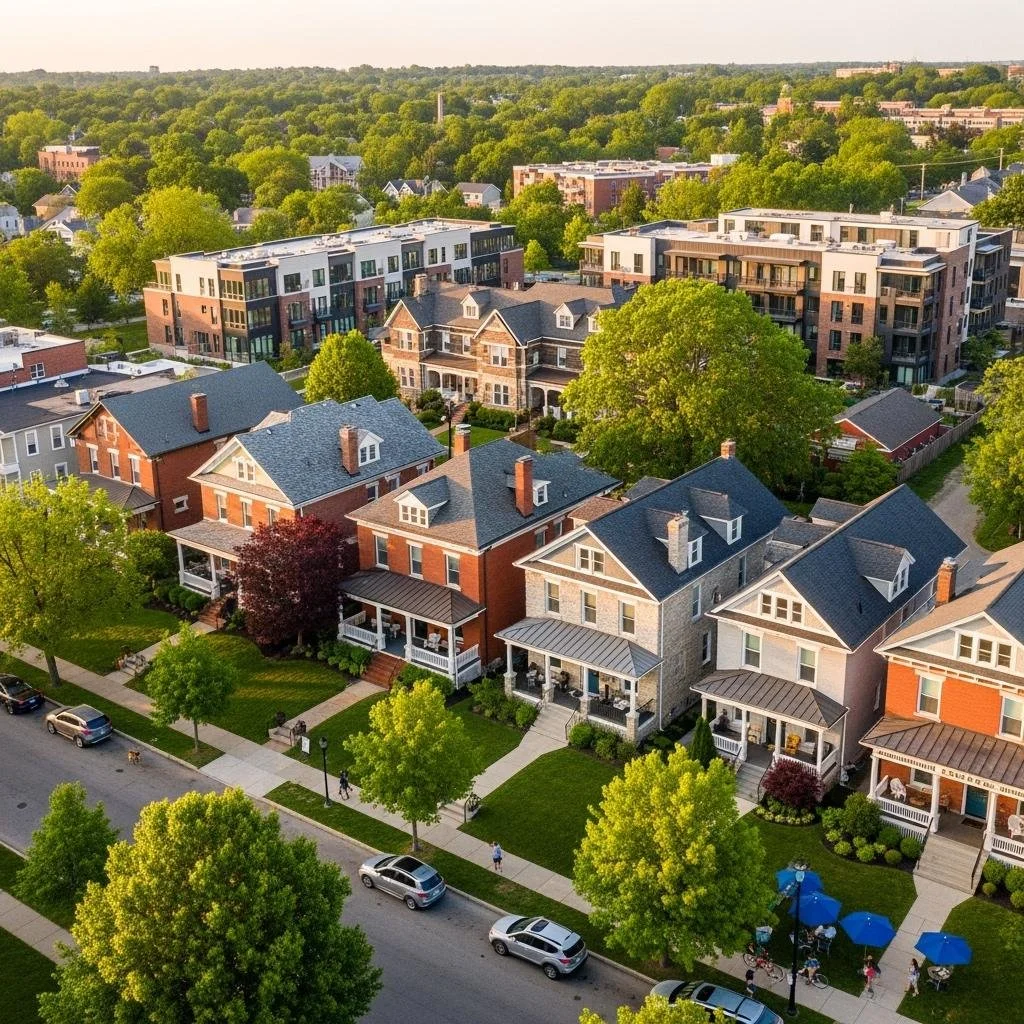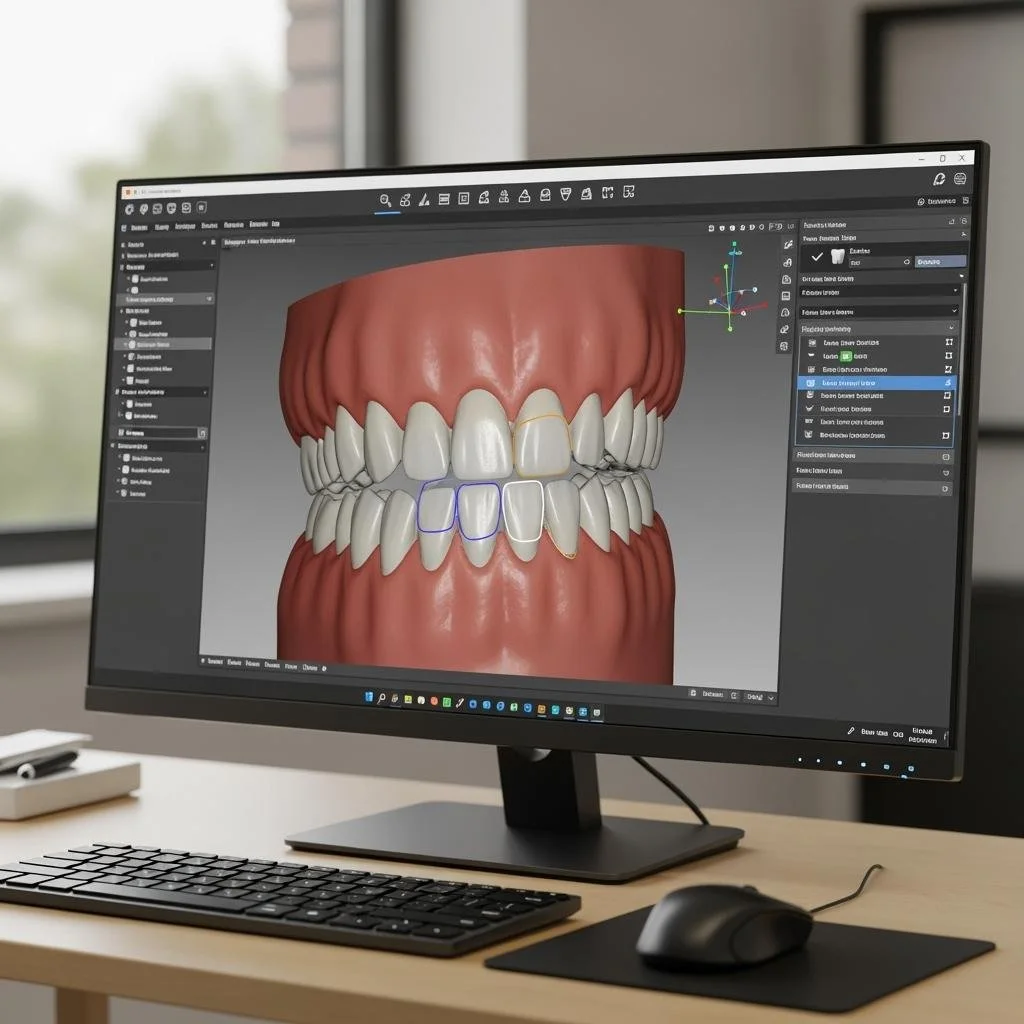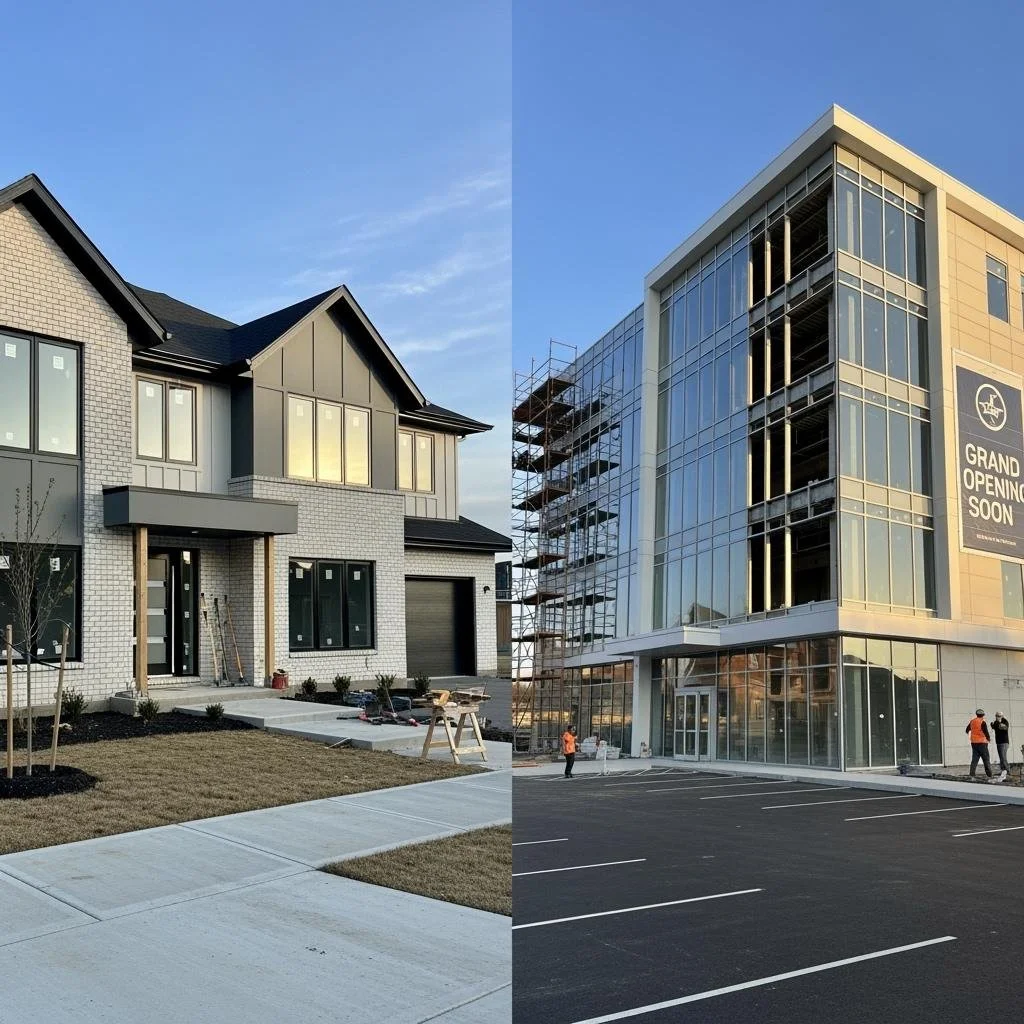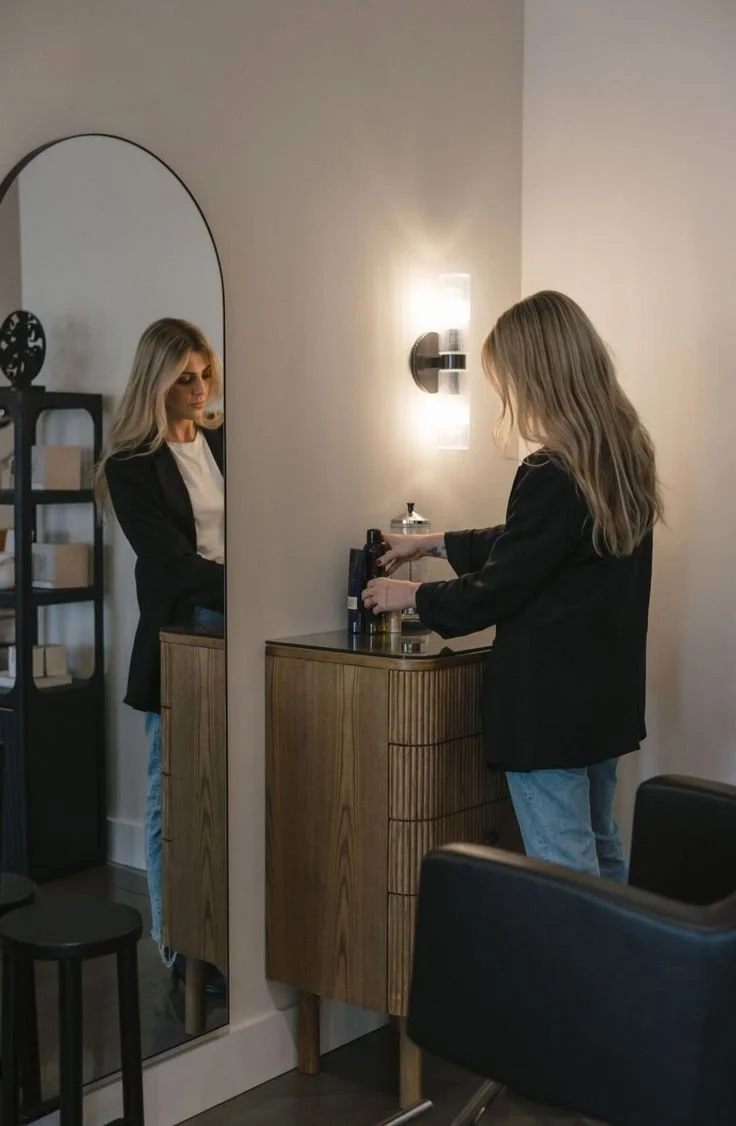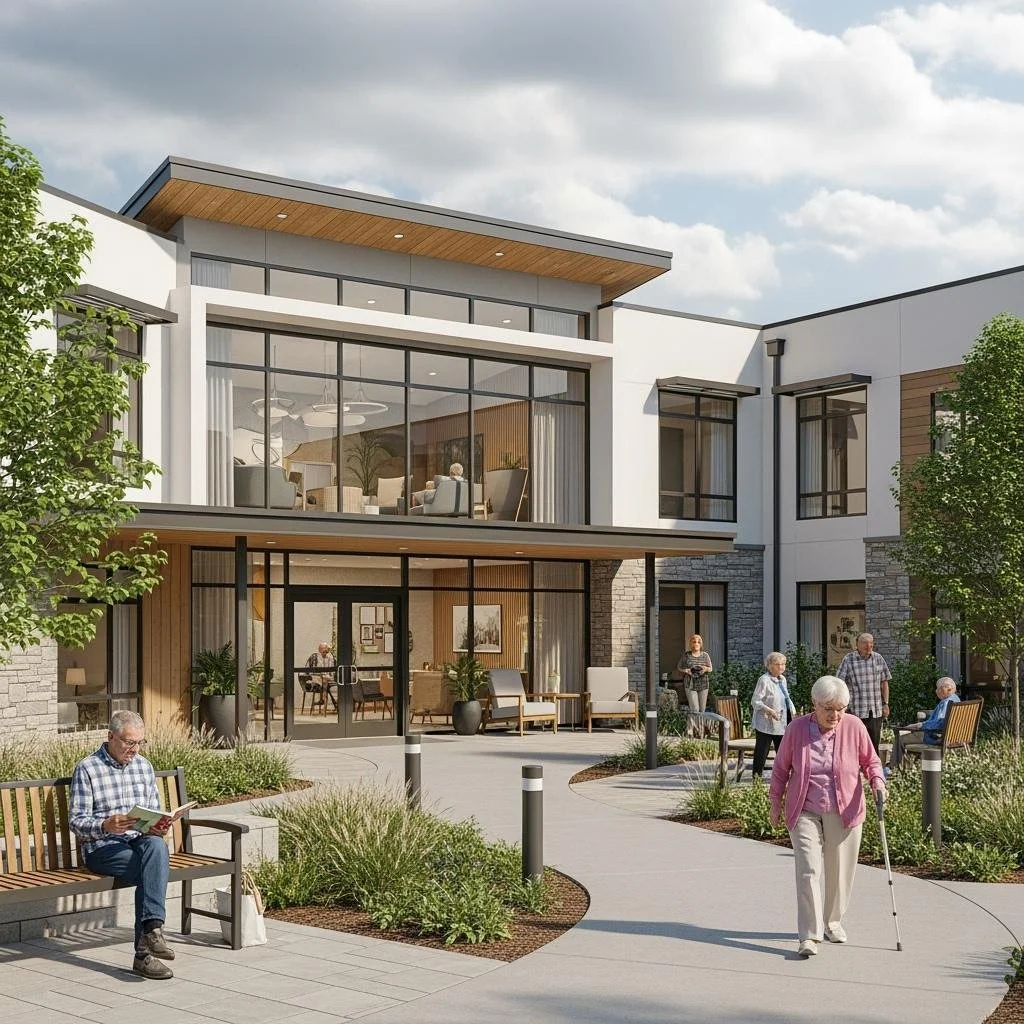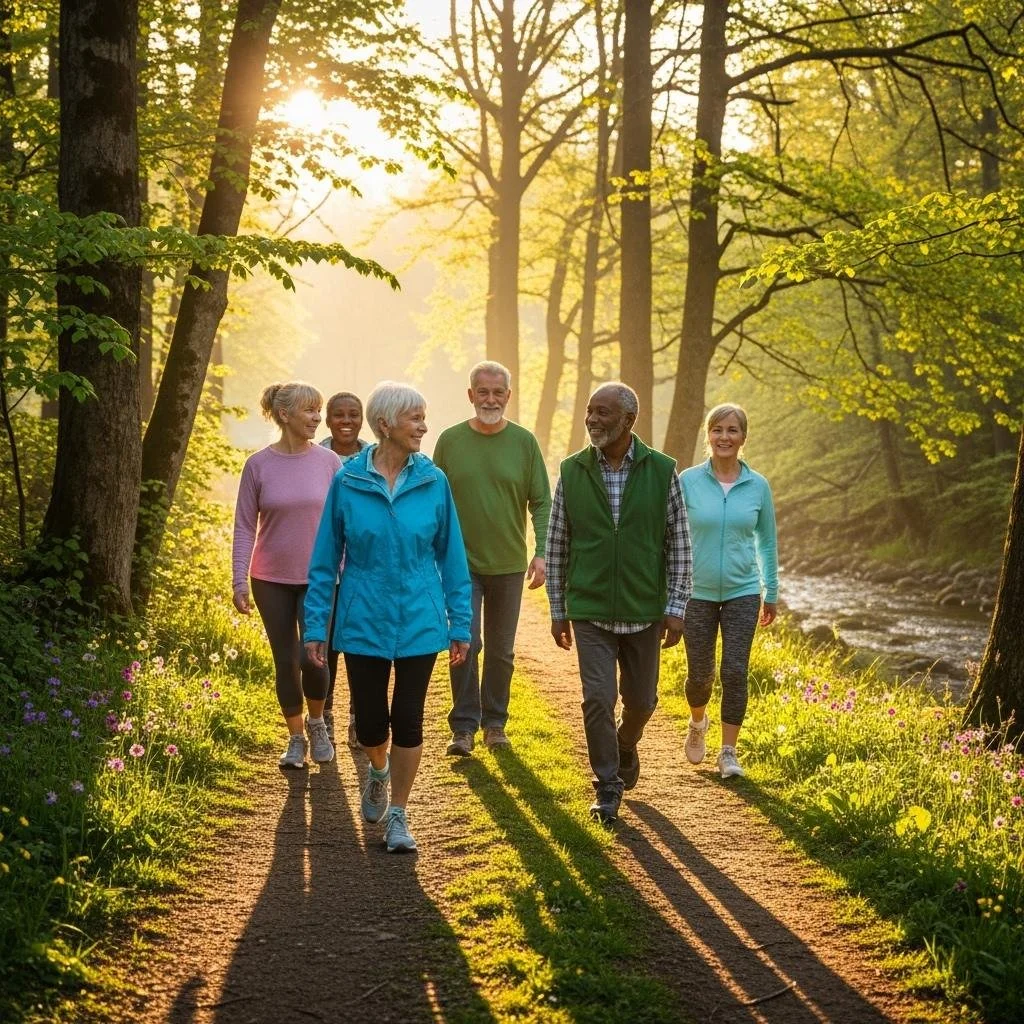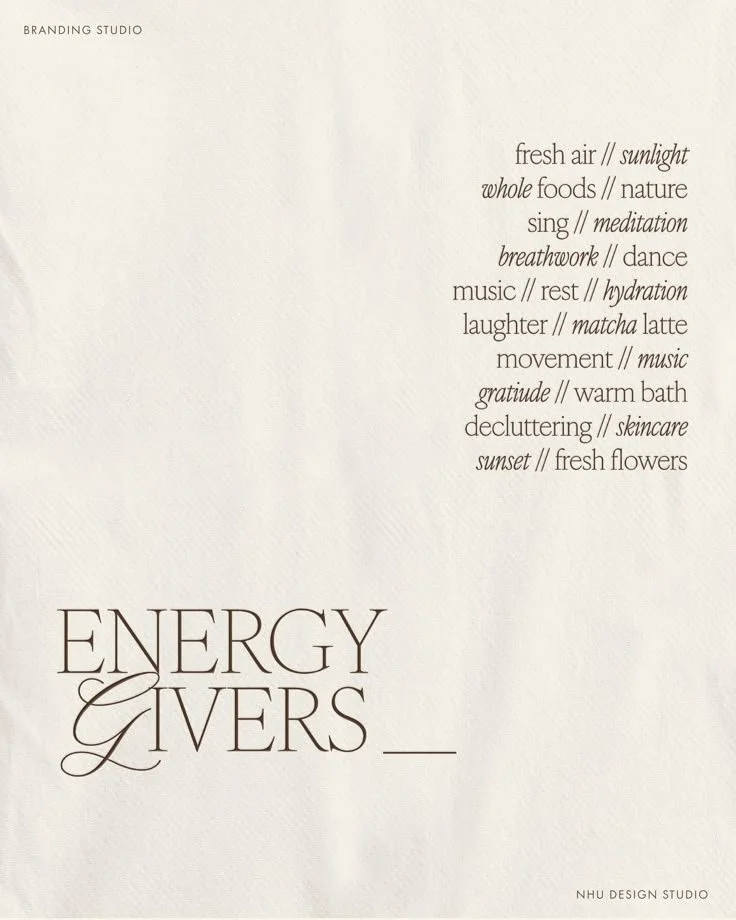Looking to enhance your home’s aesthetic with minimal effort? Simple plumbing tweaks can make a significant impact. From fixing persistent drips to upgrading outdated fixtures, plumbing improvements not only boost functionality but also elevate your home’s style.
Whether you're aiming for a spa-like bathroom, a sleek kitchen, or a more sustainable living space, in this article, we share expert-approved ideas that offer practical and stylish solutions.
For more insights, explore Dan's Plumbing Info and discover how smart plumbing adjustments can transform your home.
No. 1
Bathroom Elegance Through Plumbing
Transform your bathroom into a serene retreat with these refined plumbing upgrades.
Timeless Soaking Tubs
A deep soaking tub serves as a luxurious centerpiece. It combines classic charm with modern comfort, offering a tranquil escape within your home.
Minimalist Fixtures
Choose clean-lined, sculptural faucets that pair well with marble or plaster finishes. These minimalist touches create a calm, sophisticated atmosphere.
Marble Accents
Incorporate marble countertops or shower walls. Even a small slab introduces elegance and a high-end feel.
Silver and Glass Elements
Use silver fixtures and glass dividers to blend antique elegance with contemporary polish.
Arched Features
Add arched entries to showers or tubs. When paired with gilded fixtures, they create a formal and inviting suite.
No. 2
Concealing Pipes with Style
Exposed pipes can disrupt your interior design.
Here are creative ways to conceal them without sacrificing style:
Paint Them Boldly: Paint them in bold, oil-based colors to turn them into intentional design features
Wrap with Texture: Wrap pipes with rope or fabric for a rustic, textured look
Knit a Cozy: Knit custom covers for under-sink pipes to add personality and charm
Build a Box: Build a wooden box around pipes and finish it to match your decor
These methods not only hide plumbing but also enhance your space’s visual appeal.
No. 3
Sustainable Luxury in Plumbing
Eco-friendly upgrades can be both stylish and resource-efficient.
These plumbing solutions offer luxury without compromise:
Eco-Friendly Pipe Materials: Use high-density polyethylene (HDPE) pipes as a sustainable alternative to PVC
High-Efficiency Faucets: Install high-efficiency faucets that reduce water flow without sacrificing performance
Hot Water Recirculators: Add hot water recirculators to minimize waste and deliver instant hot water
Solar Heating Solutions: Embrace solar water heaters to cut emissions and reduce heating costs dramatically
These choices align environmental responsibility with modern design.
Rejuvenation
Elevate your space with Rejuvenation's timeless bathroom plumbing fixtures – where style meets functionality.
No. 4
Enhancing Kitchen Sink Appeal
The kitchen sink is a focal point that blends function with design.
Consider these upgrades to enhance both:
Touchless Faucet: Install touchless faucets for convenience and improved hygiene
Smart Faucet Technology: Upgrade to smart faucets with voice control and water usage tracking
Undermount Sink Sleekness: Choose undermount sinks for a seamless, easy-to-clean look
Composite Sink Durability: Opt for composite sinks made from stone and resin for durability and style
These enhancements bring efficiency and elegance to your kitchen.
No. 5
Outdoor Plumbing Design Ideas
Outdoor plumbing can be both functional and visually appealing.
Here are ways to integrate it into your exterior design:
Copper Shower Valves: Use exposed copper shower valves for a vintage, artistic touch
Industrial Pipe Frames: Build industrial-style frames for outdoor sinks using plumbing pipes
Hidden Water Features: Hide outdoor pipes behind stone walls or landscaping for a natural look
DIY Shower Tutorials: Follow DIY guides to create simple, stylish outdoor showers using affordable materials
These ideas turn outdoor plumbing into a cohesive part of your home’s exterior aesthetic.
No. 6
Unique Fixtures for Impact
Plumbing fixtures can become standout design elements with the right choices.
Waterfall Faucets: Install waterfall faucets for a dramatic, cascading water effect
Copper Tap Accents: Choose copper taps to add warmth and vintage character
LED-Integrated Fixtures: Try LED-integrated faucets that change color with water temperature
Dual Stream Designs: Use dual stream faucets that separate hot and cold flows for visual interest
These fixtures elevate everyday functionality into artistic expression.
No. 7
Matching Plumbing to Decor
Ensure your plumbing complements your home’s overall design theme.
Industrial Pipe Accessories: Create towel racks or shelving from industrial pipes for a modern loft aesthetic
Consistent Style Choices: Match fixtures to your home’s architectural era for a cohesive look
Statement Fixture Focus: Use a single bold fixture as a statement piece in an otherwise neutral space
Tech-Savvy Additions: Integrate smart plumbing technologies for a seamless blend of style and innovation
Consistency in design reinforces your home’s character and appeal.
No. 8
Maintaining Stylish Plumbing Features
Keep your plumbing features in top condition with regular maintenance.
Regular Cleaning Routine: Clean fixtures weekly with mild cleaners to prevent buildup and maintain shine
Check for Leaks: Check for leaks monthly to avoid water damage and preserve design integrity
Polish Metal Finishes: Polish metal finishes to restore luster and prevent tarnishing
Avoid Harsh Chemicals: Avoid harsh chemicals that can damage delicate finishes and textures
These habits preserve both the appearance and functionality of your plumbing upgrades.
No. 9
Boosting Value with Plumbing
Strategic plumbing upgrades can significantly increase your home’s value and marketability.
Modern Fixture Upgrades: Replace outdated fixtures with modern, water-efficient models
Tankless Water Heaters: Install a tankless water heater for energy savings and continuous hot water
Additional Bathrooms: Add a half-bathroom if space allows to enhance functionality and appeal
Leak-Free Assurance: Ensure all plumbing is updated and leak-free to reassure potential buyers
These improvements offer strong returns and make your home more attractive to buyers.
Takeaways
Plumbing may be behind the walls, but its influence on your home’s style and value is undeniable. From elegant bathroom features to sustainable upgrades and tech-savvy kitchen solutions, thoughtful plumbing adjustments can transform your space with minimal effort.
Whether you're renovating or simply refreshing your interiors, these ideas offer practical ways to elevate both form and function. For more insights, practical tips, and valuable inspiration, we invite you to explore our other carefully curated home resources.
Looking for Home resources?
Looking to enhance your living space and create a sanctuary that supports your well-being? Explore our home partners who offer a wide range of resources to elevate your home environment.
